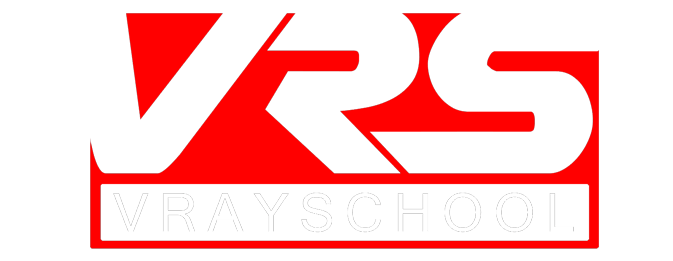Hexagon Flooring with FLOOR GENERATOR 2.0
With the paid version of Floor Generator, which costs just 20 Euros, you get additional Herringbone, Chevron, Basket Weave and Hexagon patterns. In this tutorial we’ll be looking at how you can set up a Hexagon patterned wooden floor in your scene. One other benefit to the paid version is the ability to create vertical patterns on walls as well. You’ll also need the free MultiTexture plugin for applying random textures to each board.
You can check out my post about how to install Floor Generator and use the standard pattern in the free version here.
A TL;DR version is as follows:
- Place the downloaded .dlm file for your Max version in your root Max plugins folder to install floor generator.
- Create a rectangular spline for the floor and add the floor generator modifier to it. Choose the Hexagon pattern.
- The 3 main settings for defining your hexagon floor are Radius, Extrude and Bevel.
Creating the Textures and Material
Since CG Source don’t have textures specific to these extra patterns in their shop, we’ll have to create them ourselves.
- Find a large wood texture of your choice that’s greater than 4 megapixels. Also download a simple hexagon png image from Google which will help us in cutting out our textures.
- Import the wood and hexagon images into Photoshop. Use the hexagon image as a mask over the wooden texture. You can do this by Ctrl clicking the hexagon image to select the shape, then with the wood texture active, pressing the mask button.
- Cut out and save 7 different areas of the wooden texture in the shape of a hexagon. This should give us enough variation. Make sure these new textures are visually distinct from each other.
- Create a new VRayMtl and plug the Multitexture map into the diffuse slot. Add your 7 hexagon maps to Multitexture’s map list. Adjust your reflection and glossiness parameters for the wood material.
- Floor Generator will randomly assign these hexagon textures to the boards at render time.
Common Features and Controls
The Floor Generator plugin gives us the option to add a lot of variation to the floor boards using these common controls:
- Board Size: You can set the max and min length, width and grout (spacing between the boards), extrude and bevel amounts, and also the pattern offsets here.
- Variation per Board: These options add variations applied differently to each board for creating the imperfection for realism. You can set individual rotation, offsets, overlap but most importantly the tilt will give you that old creaky board look.
- General: These options provide quick controls to getting the entire boards to look the way you’d like. Simply scale them to the size you want, change the direction the pattern flows, change the seed value for one click variation, or offset the boards in X or Y-axis. A nifty control is for setting the Weld threshold for close vertices. These settings apply to the floor generator object as a whole.
- UV Settings: You can set the UV channel for this object, and also flip or randomly offset the automatically generated UV mapping for the boards.
- Other useful settings include Save/Load feature, Updates, and a warning setting to avoid accidentlly creating enormous amounts of floor geometry that can slow down your system.
Advantages:
- Saves RAM – you can use smaller textures for boards and get better results through procedural scattering of textures.
- Real geometry – no need to use displacement maps to get realistic separation between the boards.
- Removes tiling effect by populating random textures across the floor.
- Fast setup and easy navigation.
Disadvantages:
- You have to render in order to see how the textures were distributed – no fast preview.
- Must install plugin on whichever workstation you’re working on or transfer the project to.
- After converting to mesh, there’s no way to go back and make further changes.
- No texture library available – you’ll have to manually find textures that fit these shapes.
In general it’s a very nifty plugin, undoubtedly fast and simple to use, with the option for creating amazing parquet patterns for every type of wooden flooring.
Download the floor sample here – converted to mesh. In order to view the sample properly, download the free MultiTexture plugin.
If you like it – share it!
Talk soon,
Alex



